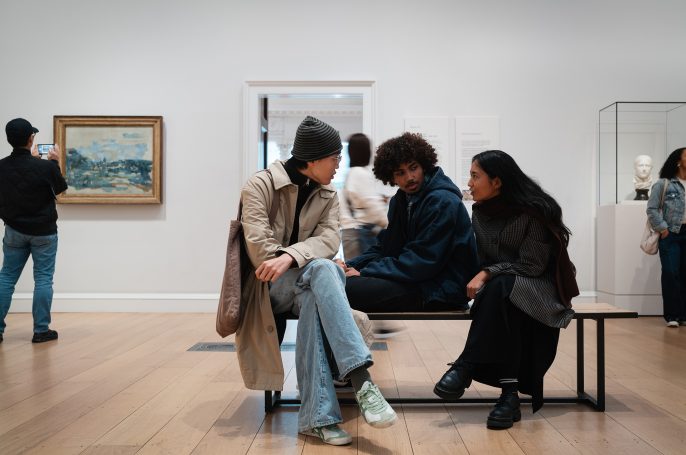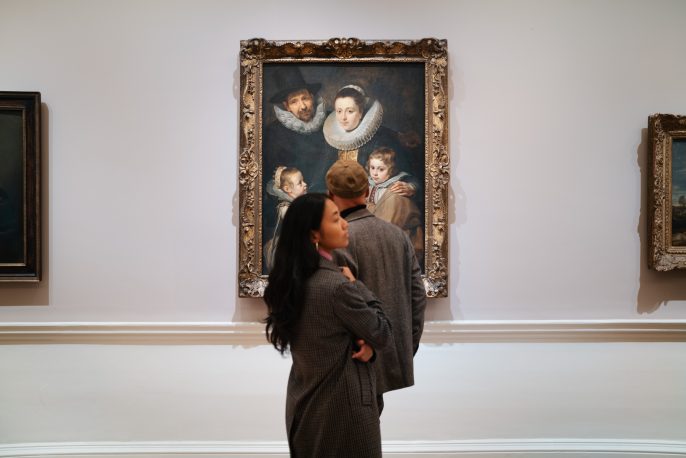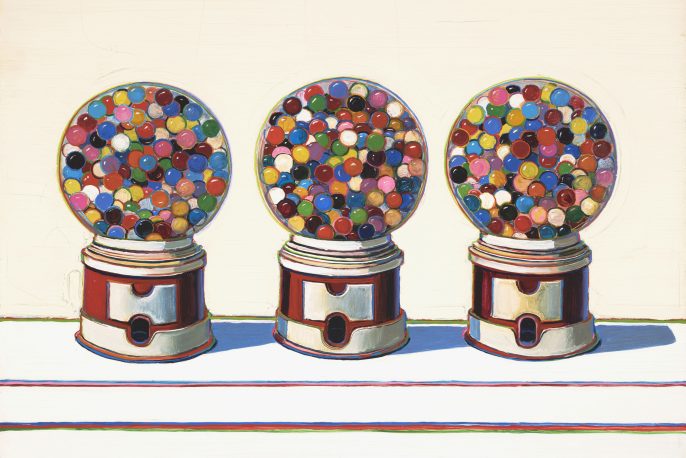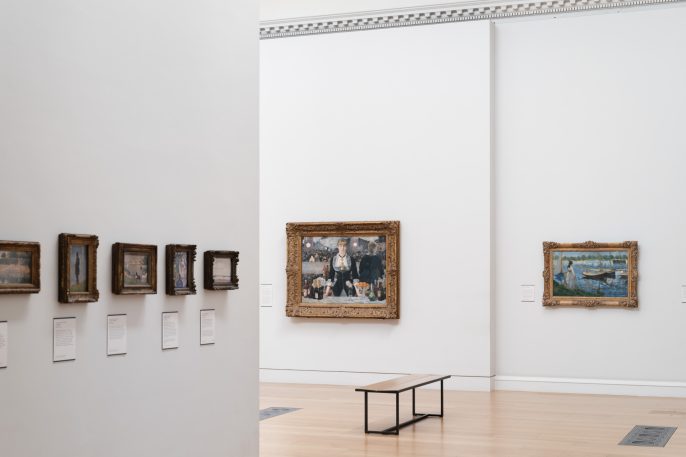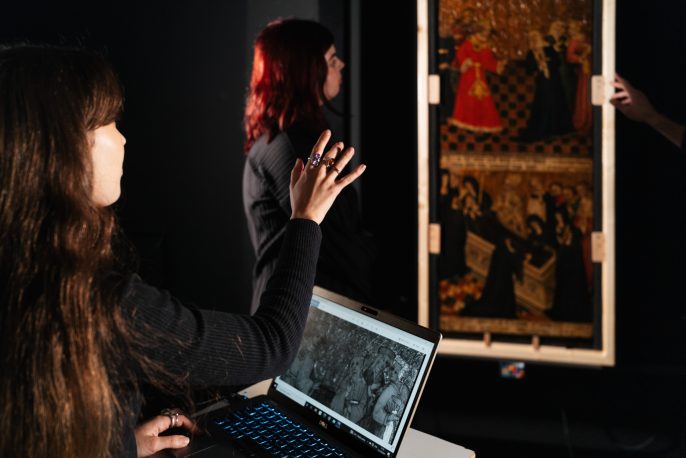The historiography of eighteenth-century French art turns on the opposition between Rococo and Neo-classicism. This conceptual framework has arisen in a distorted interpretation of the critical discourses emerging around 1750 which, targeting the so-called bad taste of contemporary French painting and interior decoration, aimed at artistic regeneration. The writings of La Font de Saint-Yenne, the abbé Le Blanc, Cochin, Blondel and Diderot, but also those of Winckelmann, have been used to define categories that rely upon a specious dichotomy, setting superficiality against depth, whimsicality against rationality, and femininity against virility. A closer reading of these sources however reveals a much more complex and nuanced situation overall.
This talk highlights the impact of these historiographical misreadings on the status of objects produced during the second half of the eighteenth century. Most of them are regarded as not ‘pure’ enough, often as too pretty, exotic or even Rococo in character, to be affiliated with true Neo-classicism; hence they somehow fall outside the categories of both it and the Rococo.
Carl Magnusson is currently an Associate Lecturer and Research Fellow at The Courtauld Institute of Art. The author of Les sculpteurs d’ornement à Genève au XVIIIe siècle (2015), he is currently preparing a book devoted to the discourses on decoration in eighteenth-century France, in which he analyses how ornament came to be deprived of its dominant position within the artistic hierarchy of the time, and ultimately became a discarded category. After defending his Ph.D. dissertation in 2011, he was appointed lecturer at the University of Lausanne for four years, focussing his teaching on the decorative arts in conjunction with architecture.
